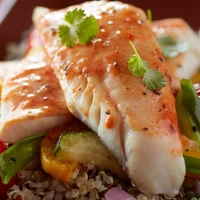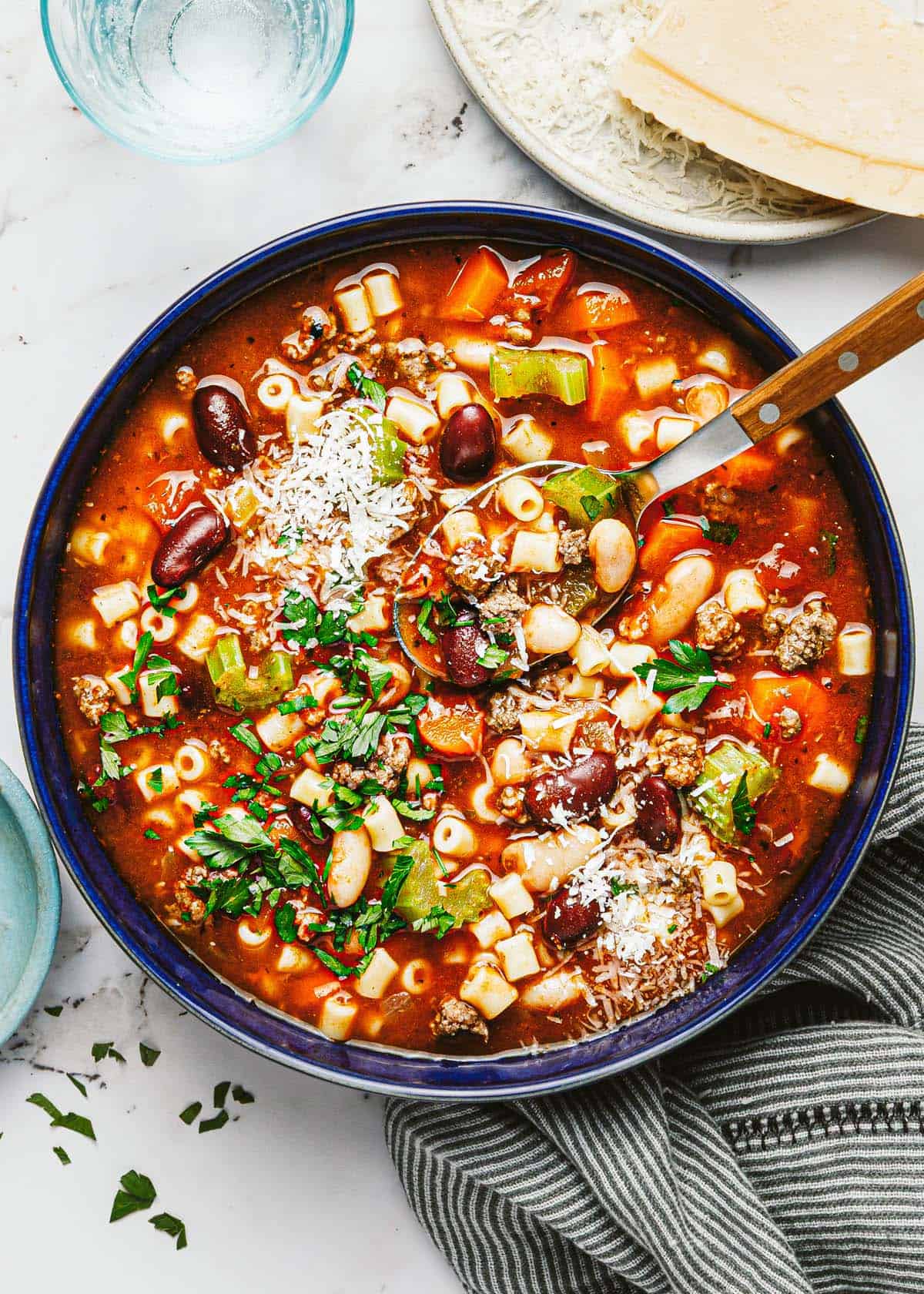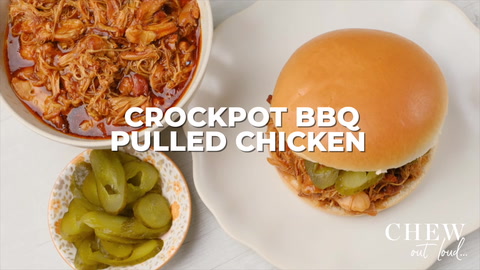Persian Food Recipes: A Flavorful Journey Through the Cuisine of Iran
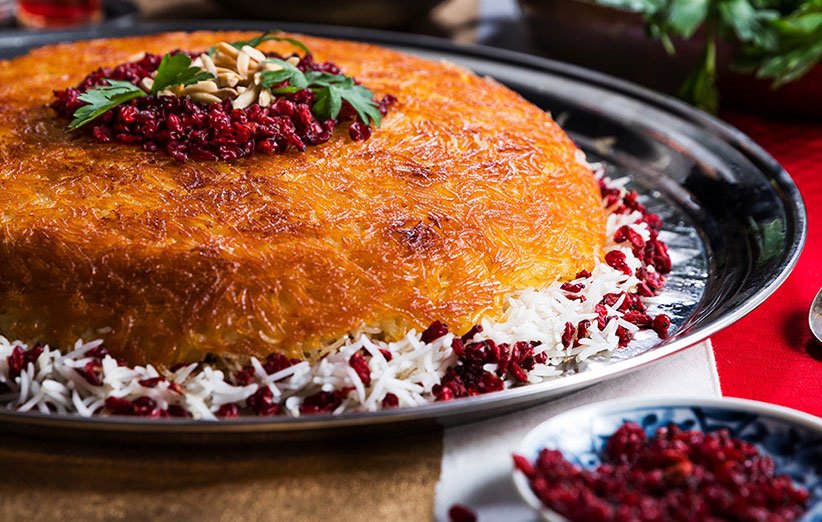
Introduction
Few cuisines in the world match the Persian cuisine’s abundance, complexity, and history of Persian cuisine. Established in Iran’s long and storied past, Persian food is a dynamic combination of flavors, colors, and smells that reflect the country’s topography, conventions, and social trades along the Silk Road. Whether it’s the saffron-infused rice dishes, fragrant stews, grilled kebabs, or delicate sweets, Persian food carries an unmistakable charm that has captivated both neighborhood individuals and visitors for centuries.
What makes Persian food stand out is its capacity to adjust flavors—sweet and acrid, savory and fragrant, wealthy yet light. Each dish tells a story, frequently tied to family get-togethers, merry events, and antiquated ceremonies. By learning and cooking Persian nourishment formulas, you not as it were pick up a chance to investigate unused tastes but also step into a culinary legacy that has been cultivated over millennia.
This article will investigate the heart of Persian cooking. We’ll see basic fixings, classic dishes, step-by-step recipes, tips for cooking Persian food at domestic, and social conventions tied to these dishes. By the conclusion, you’ll be prepared to make your Christian-inspired feast.
Key Fixings in Persian Nourishment Recipes
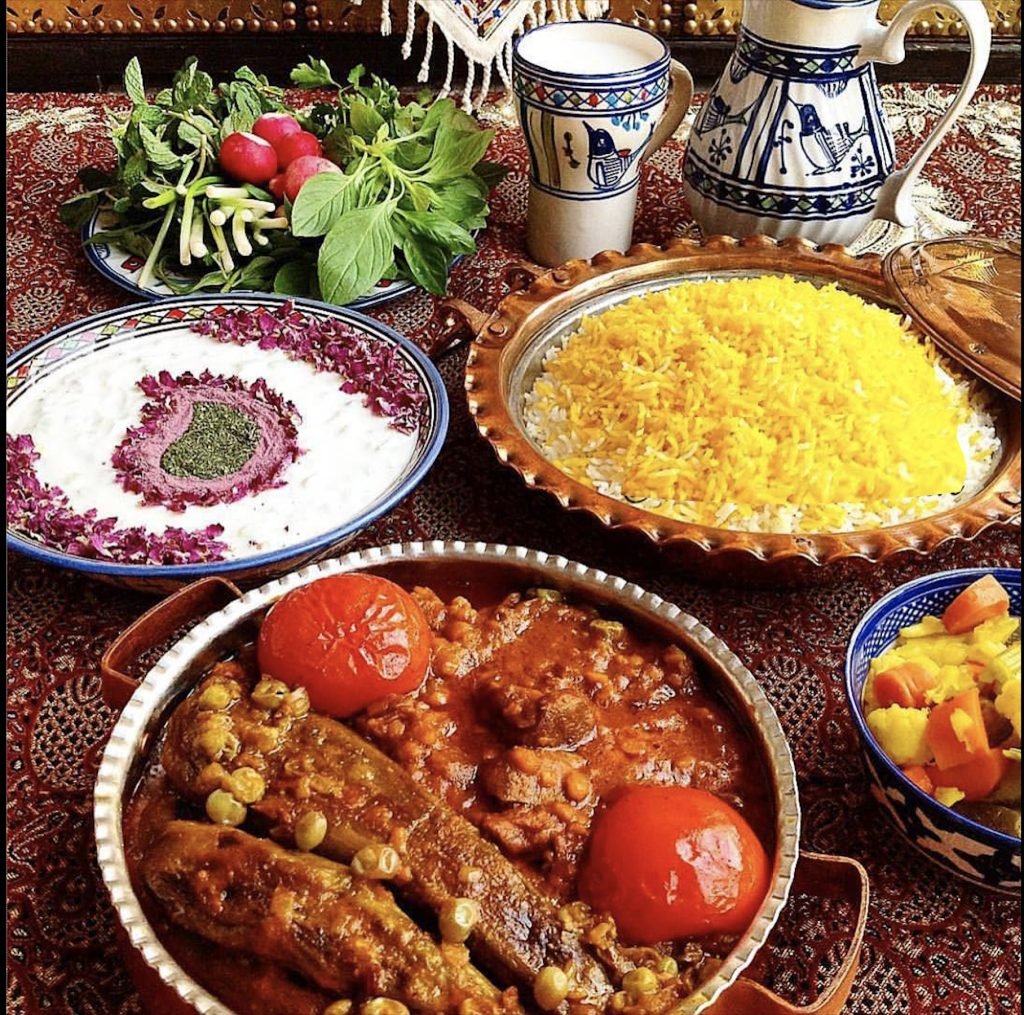
Before plunging into the dishes, it’s imperative to get the washroom staples that characterize Persian cuisine:
Rice (Chelow & Polow): The centerpiece of numerous Persian suppers, rice is regularly steamed to perfection with a firm outside called tahdig.
Saffron: Known as “red gold,” saffron gives Persian dishes their notorious smell, brilliant tone, and sumptuous flavor.
Herbs: New herbs like parsley, cilantro, dill, mint, and Persian Food fenugreek are utilized abundantly.
Dried normal items and nuts: Apricots, raisins, prunes, barberries (zereshk), walnuts, and almonds credit sweet-tart complexity.
Pomegranates: Both the seeds and juice are broadly utilized for their tart, jewel-like qualities.
Spices: Turmeric, cinnamon, cardamom, rosewater, and cumin include warmth and depth.
Sheep and chicken: Predominant proteins are routinely coordinated with rice or stewed in stews.
These fixings make a curious alteration of taste—Persian dishes are once in a while burning hot but centered on fragrant layers of flavor
Classic Persian Nourishment Recipes
1. Chelo Kebab (Rice with Kebab)
One of Iran’s national dishes, Chelo Kebab sets fluffy saffron rice with juicy sticks of grilled meat.
Ingredients:
1 lb ground sheep or beef
1 onion, ground and pressed dry
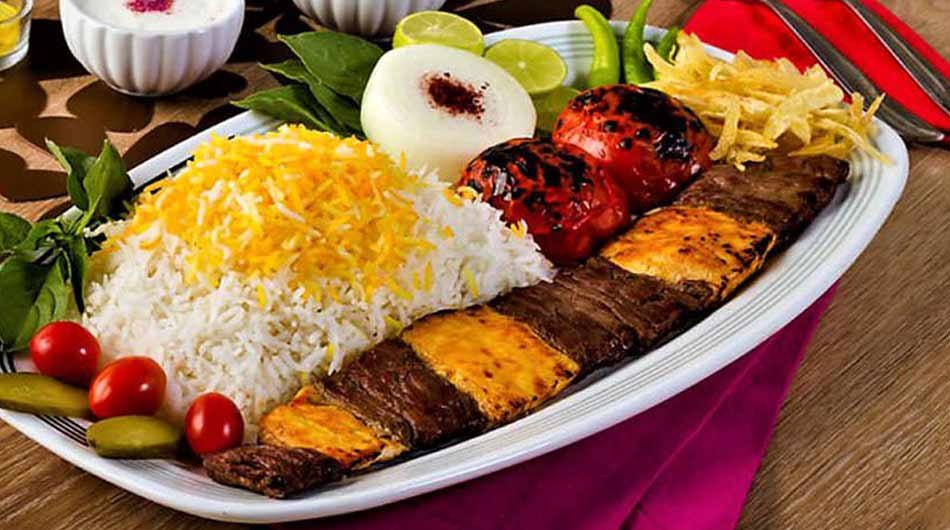
Salt and pepper to taste
2 mugs of smati rice
A pinch of saffron strings soaks in hot water
Instructions:
Mix ground meat with onion, salt, and pepper. Shape onto skewers.
Grill over medium warm until cooked through.
Cook rice Persian-style: parboil, at that point steam until fluffy.
Drizzle saffron water over rice and serve kebabs nearby, barbecued tomatoes.
Serving tip: Best with butter and sumac for authenticity.
2. Ghormeh Sabzi (Herb Stew)

Often considered the most cherished Persian stew, Ghormeh Sabzi is hearty, tart, and stuffed with new herbs.
Ingredients:
1 lb sheep, cubed
2 glasses of new parsley, chopped
1 glass cilantro
½ glass fenugreek takes off (new or dried)
1 onion, chopped
1 container ruddy kidney beans (cooked)
2 dried limes (limoo amani), pierced
Turmeric, salt, and pepper
Instructions:
Sauté the onion and the sheep with turmeric until browned.
Add herbs and broil until fragrant.
Add water, dried limes, and stew for 2 hours.
Add beans and cook until the stew thickens.
Flavor note: The dried limes loan a one of a kind acridity that characterizes this dish.
3. Fesenjan (Pomegranate and Walnut Stew)
Anextravagant stew made with ground walnuts and pomegranate molasses, frequently served at weddings and celebrations.
Ingredients:
1 lb chicken thighs (or duck)
2 mugs walnuts, finely ground
1 onion, finely chopped
1 glass pomegranate molasses
2 tbsp sugar (discretionary, to adjust tartness)
Salt, pepper, turmeric
Instructions:
Brown chicken and onion with turmeric.
Include ground walnuts and waterand stew for 45 minutes.
Stir in pomegranate molasses and sugar. Cook until thickened.
Serving tip: Serve with Persian saffron rice for an extraordinary pairing.
4. Tahdig (Fresh Rice Crust)
Tahdig is the brilliant, new rice frame at the foot of the pot—often the highlight of a Persian meal.
How to Make Tahdig:
Parboil basmati rice until half-cooked.
Add oil or butter to the bottom of a nonstick pot.
Flip the pot to uncover a brilliant, crunchy crust.
Variations incorporate potato tahdig (cut potatoes at the foot) or bread tahdig (flatbread base).
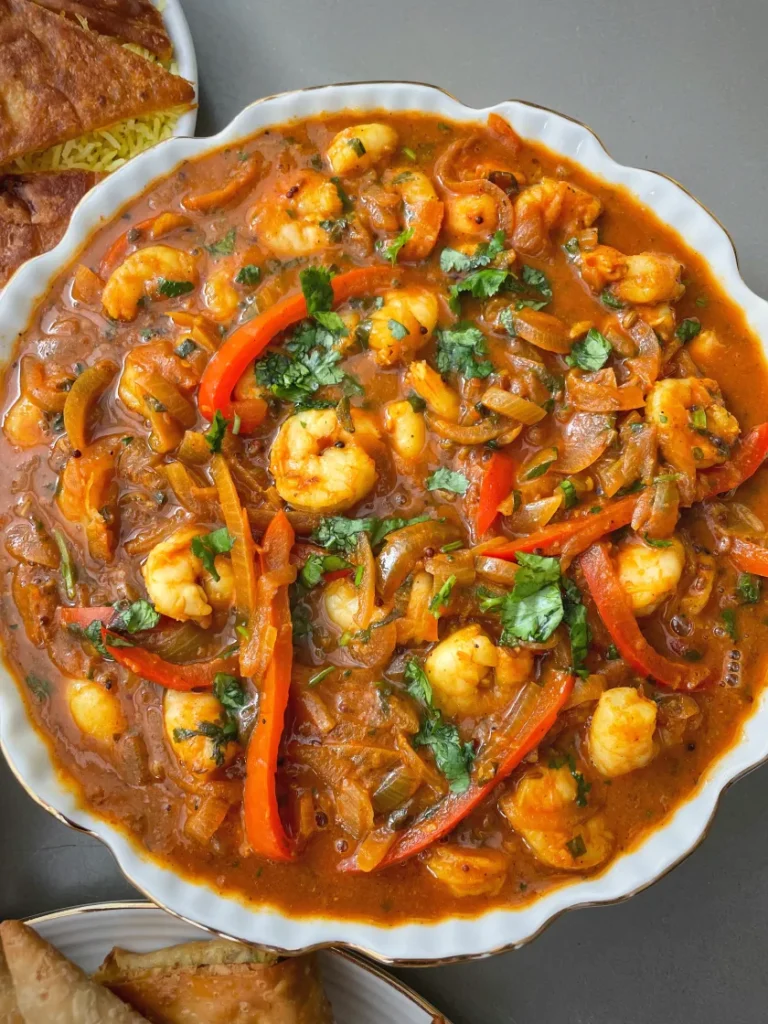
5. Zereshk Polo (Rice with Barberries)
A happy rice dish with tart barberries, saffron, and butter, regularly combined with chicken.
Instructions:
Cook Persian rice with tahdig.
Sauté barberries with butter and sugar to decrease tartness.
Mix with saffron rice and serve with broiled chicken.
6. Fiery remains Reshteh (Herb and Noodle Soup)
A generous soup is served amid celebrations like Nowruz (Persian New Year).
Ingredients:
Reshteh noodles (or linguine)
Herbs: parsley, cilantro, dill, spinach
Beans: chickpeas, lentils, kidney beans
Fried onions and garlic
Kashk (matured whey) for garnish
This dish is a feeding image of thriving, with noodles speaking to longevity.
7. Shirini (Persian Sweets)
Persian sweets are light and fragrant. Cases include:
Baklava with pistachios and rosewater syrup.
Sholeh Zard (saffron rice pudding).
Gaz (Persian nougat with pistachios).
Tips for Cooking Persian Nourishment at Home
Master rice arrangement: Rice is the centerpiece of Persian cooking; hone the steaming strategy until fluffy.
Use saffron accurately: Continuously soak saffron in hot water some time recently adding it—it releases the greatest color and flavor.
Adjust sweet and bitter: Persian stews frequently combine tart components (lime, pomegranate) with sweet ones (sugar, natural product).
Fresh herbs are key: Don’t hold back on parsley, cilantro, dill, and mint. They characterize the cuisine.
Cook gradually: Persian stews taste best when stewed moo and moderately to create profound flavors.
Persian Nourishment in Culture and Tradition
Persian dinners are not fair around food—they’re approximately a gathering. Suppers are frequently communal, with expansive platters of rice, stews, and bread shared among family and companions. Key conventions include:
Nowruz (Persian Modern Year): Dishes like Sabzi Polo (herbed rice) and Fiery debris Reshteh are staples.
Weddings: Fesenjan and saffron rice are served for an awesome fortune.
Hospitality: In Persian culture, guests are treated with uncommon honor, routinely with an endless supper showing the best formulas.
Health Benefits of Persian Cuisine
Rich in herbs: Tall in cancer prevention agents and vitamins.
Balanced flavors: Less dependence on overwhelming flavors or over-the-top oil.
Nutrient-dense: Nuts, natural products, vegetables, and incline meats give an adjusted diet.
Moderation in desserts: Persian pastries are light and regularly utilize common sweeteners like honeyy or fruit.
Why Investigate Persian Nourishment Recipes?
Cultural association: Cooking Persian food brings you closer to Iranian traditions.
Diverse flavors: From tart pomegranate to wealthy saffron rice, it’s a flavor adventure.
Healthy cooking: The utilize of herbs, vegetables, and new ingredients makes it nutritious.
Celebratory dinners: Persian dishes turn any gathering into a feast.
Unique methods: Learning how to make tahdig or adjust sweet-sour stews grows your cooking skills.
Conclusion
Exploring Persian nourishment formulas is like venturing into a culinary time capsule—one that transports you to centuries of tradition, hospitality, and aesthetics. From saffron rice and firm tahdig to wealthy stews like Fesenjan and Ghormeh Sabzi, Persian food is a treasure trove of flavors waiting to be discovered.
Cooking these dishes at domestic permits you to encounter not fair the taste, but the social legacy that comes with them. Whether you’re planning a straightforward rice dish or an expand Nowruz devour, Persian cuisine has the power to bring individuals together, tell stories, and make memories around the table.
So assemble your saffron, new herbs, and tolerance for moderate cooking, and set out on a travel into the heart of Iran’s kitchens—where each formula is a showstopper and each supper is awelcome to share delight.


